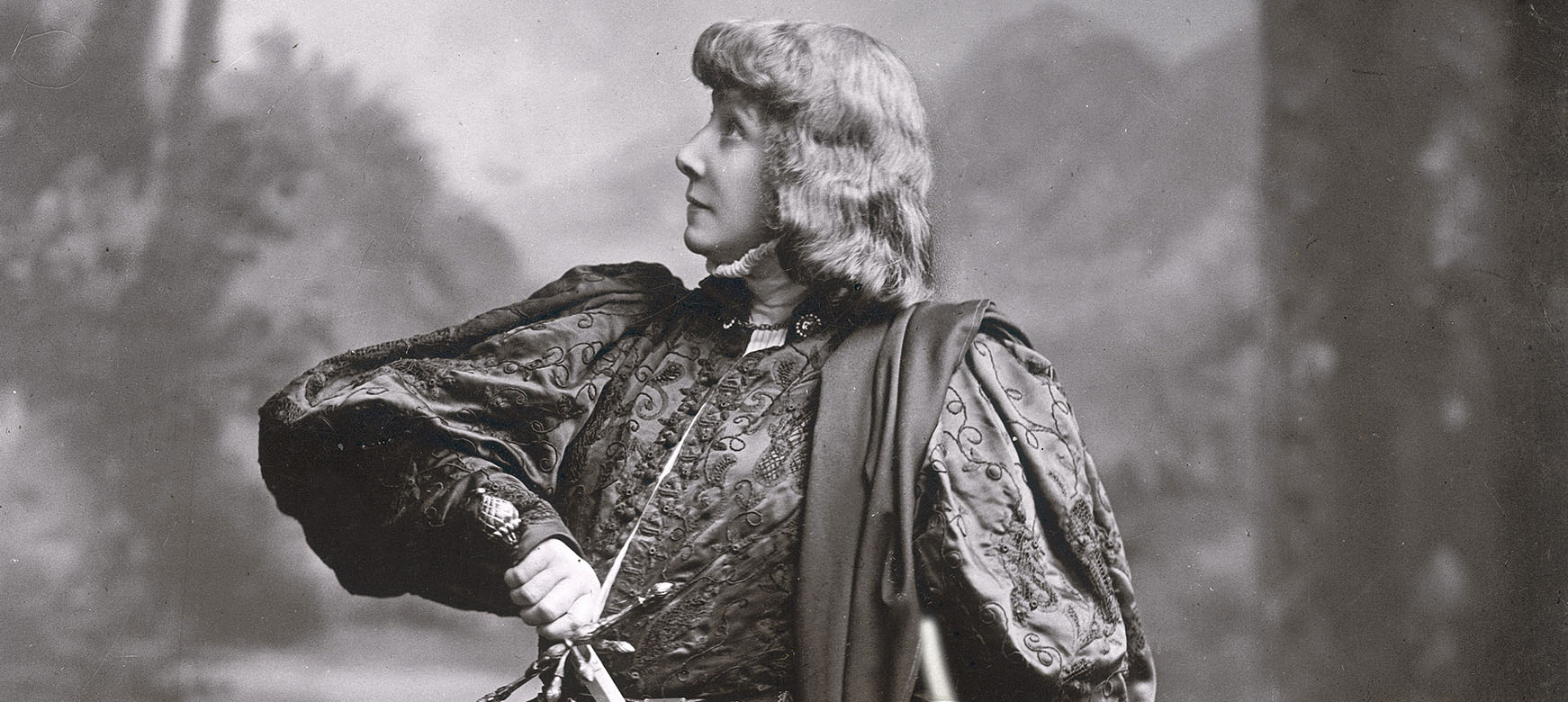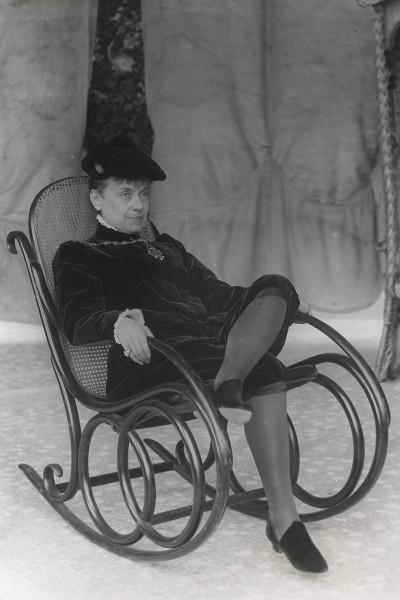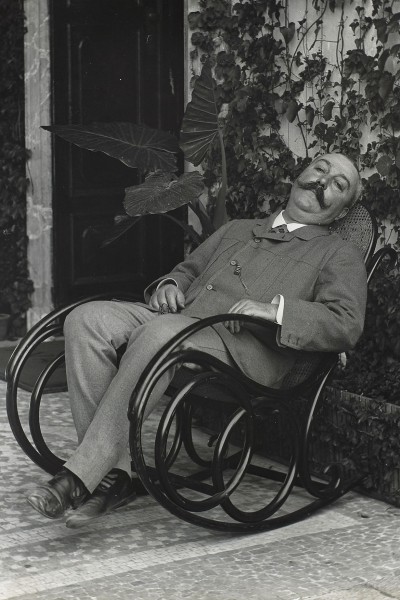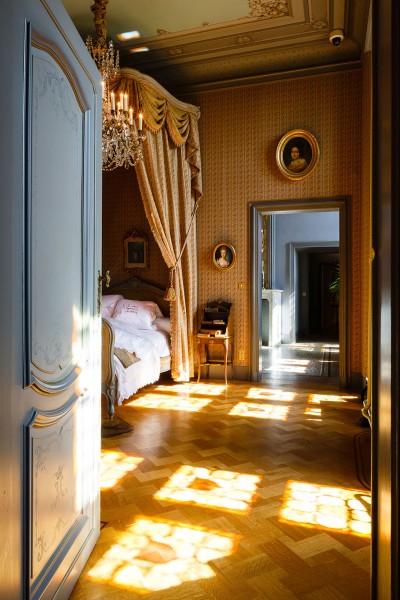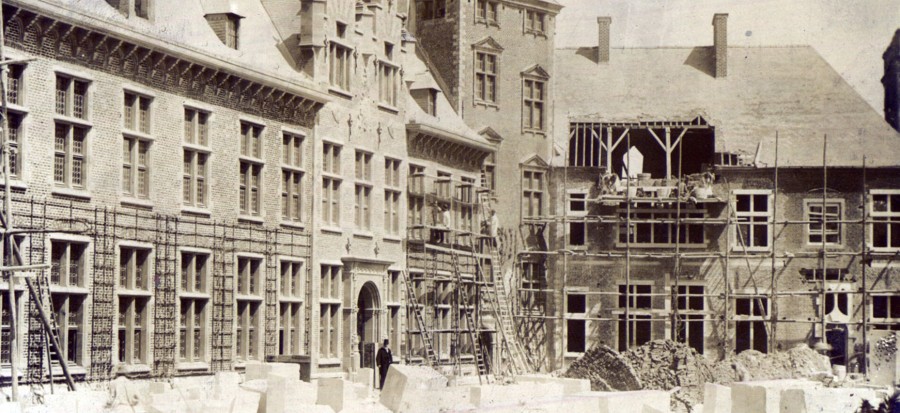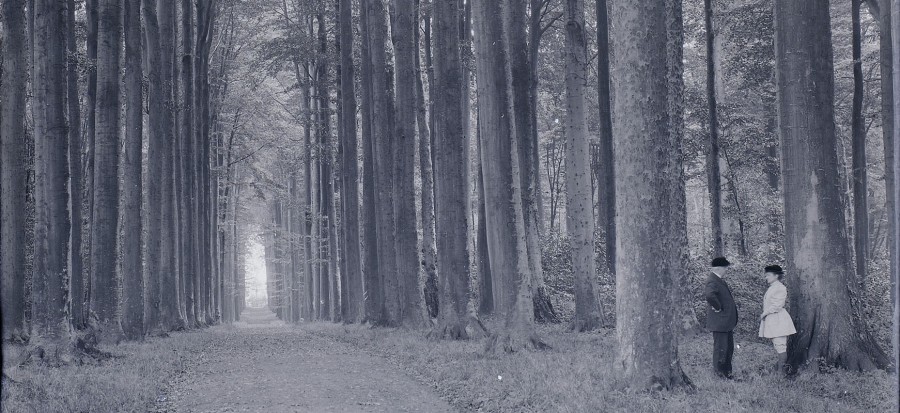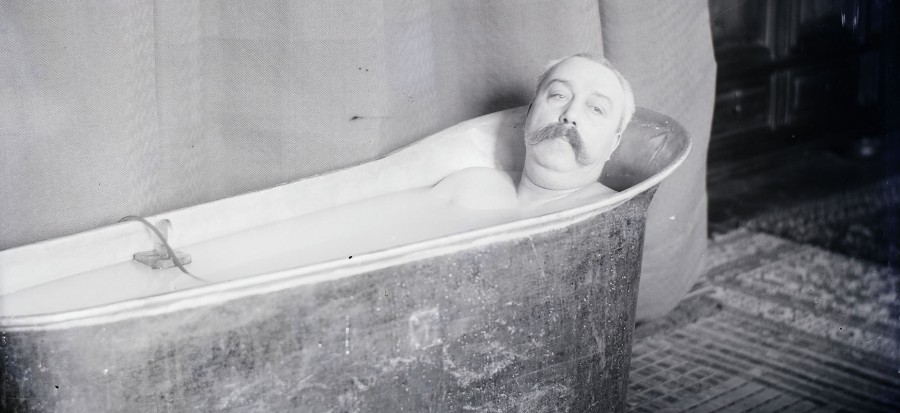Marquise Arconati Visconti
Feel the heartbeat of historyMarquise Arconati Visconti
A century ago, on 3 May 1923 to be precise, the last marquise of Gaasbeek passed away. This woman gave the castle its romantic restyling at the end of the 19th century and set it up as a museum for her immense art collection. Even now, the dream castle created back then resembles something of a time machine.
The ghost of Marie always wanders the corridors and rooms of the castle, but this year just that little bit more...
Socialite, politically outspoken, passionate, playful with gender roles and norms. But also: melancholic, nostalgic, escapist. Marie Peyrat was it all. Born in Paris in 1840, she was the daughter of Alphonse Peyrat, an anti-clerical intellectual and radical liberal of the kind found everywhere in politically explosive France in the nineteenth century. He was a twelve jobs, thirteen accidents revolutionary, but had an acerbic pen; he started off as a journalist and ended up as a senator. During that period, he did however infect his daughter with a lifelong political bug.
He also had contacts in Italian liberal political circles. The how and when is not entirely clear, but this is probably how Marie became acquainted with the noble Giammartino Arconati Visconti. This enfant terrible was the son of the famous Italian noble couple Giuseppe and Costanza Arconati Visconti, veterans of Italy's independence struggle. Giammartino and Marie married, but not until 1873, after the death of Giammartino's parents. They thereby expertly avoided disapproving glances of the connection between a noble family and a 'simple' woman from Paris. From now on, Marie was allowed to call herself Marquise Arconati Visconti.
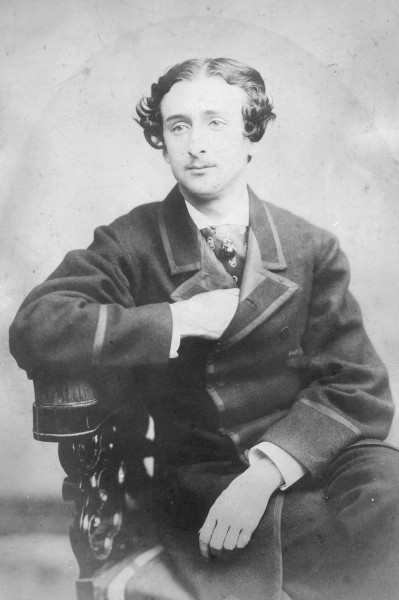
But the 'fairy tale' was not to last. Three years later, Giammartino died at a young age from an illness, probably contracted on one of his many exotic trips. His death left the marquise widowed. The aristocratic family's many properties, including Gaasbeek Castle, now belonged to her. The Arconati Visconti's had not set foot in the castle since their other son, Carletto, had also died there of typhoid fever in 1839 at a tragically young age. The castle thus looked somewhat dilapidated, among the rolling hills of Pajottenland, the so-called Tuscany of the Low Countries.
The marquise settled in a flat in Paris, on Rue Barbet-de-Jouy, where she became a linchpin in the political web of fin-de-siècle France. As such, she was friends with well-known republicans such as Léon Gambetta and other progressives such as socialists Jean Jaurès and Léon Blum. It earned her the nickname 'the red marquise' in France. Her salon was a well-known gathering place during the defining political uproar of her time: the Dreyfus Affair. Jewish officer Alfred Dreyfus was falsely accused of treason, leading to mounting emotions and considerable controversy. Tensions ran high in France. The marquise supported officer Dreyfus throughout the case, which was premised on anti-Semitic slander. Without entering active politics herself, Marie was thus able to assume an activist as well as an intellectual role that was not readily available to a woman in the nineteenth century.
Back to the past
The same was indeed the case for Marie, although she preferred an indoor stage: in Paris, in her salon, with her guests as her audience. But also at Gaasbeek Castle, where the marquise came to take a breather from the political and cultural violence in the French capital. She had the castle restored from 1889 by Brussels architect Charle-Albert. He had to create a place of refuge for the marquise, who romanticised all things historical. A place where she could stage the past, and momentarily escape being in the here and now. The castle had to evoke the illusion of the "past" both inside and out. Period rooms were created indoors, the furniture carefully chosen to evoke a particular episode from our past. The castle became her historical backdrop.
A time machine
Little by little, around 1900, Gaasbeek Castle became a stage for Marie to shape her own mise-en-scène of the past down to the smallest detail. Her play was that of the Renaissance, with a touch of Gothic, a careful reconstruction tailored to the Marquise's tastes. While not in fact old themselves, the walls and rooms evoke the past. Their age can be deceiving, and they continue to confound visitors to this day. In Gaasbeek, the marquise could shed what she perceived as the vulgar present and step fully into the mise-en-scène of the past. She gave the castle the romantic look it still has today.
"Le présent me dégoûte et le futur me fait peur."
(The present disgusts me and the future scares me.)
- Marquise Arconati Visconti
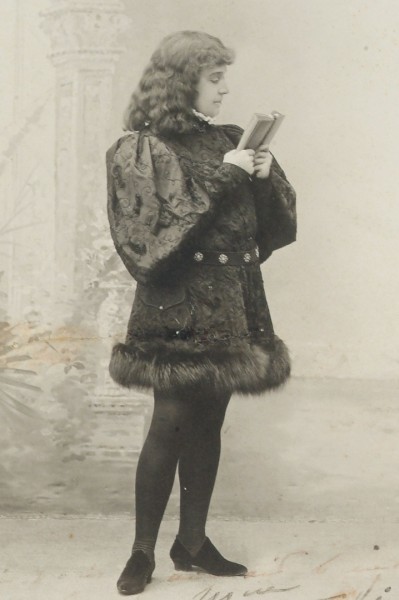
The eccentric marquise also performed in her self-styled setting, for the select but loyal crowd of admirers and friends who came to see her in Gaasbeek. To welcome them at the monumental entrance gate, Marie sometimes dressed up as a page, a male character from a bygone era. She also had herself photographed like this, clad in a page suit. We see her musing nostalgically at the window or posing at the doors of her brand-new yet centuries-old castle. In doing so, it would appear that Marie did not mind the paradox of using the most modern gadget of her time - the photo camera - to capture her nostalgia, her désir for the romanticised past.
The heritage
The genesis of Gaasbeek also raises the question of what kind of museum Marquise Arconati Visconti had in mind when she donated it to the Belgian state in 1921. As a staunch liberal, did she want to engage in a kind of popular outreach and allow the general masses to share in the insights from the arts and sciences she so generously sponsored? Or did she in fact want that crowd to share in the luxury of escapism offered by Gaasbeek? Did she likewise want us to dream away and get lost in the past, to forget time and the hectic pace of everyday life for a while? Did she simply not want to be forgotten? Or do reason and emotion intersect more than we are often willing to admit? In any case, Marie's rêve continues to lull us benignly to this very day.


